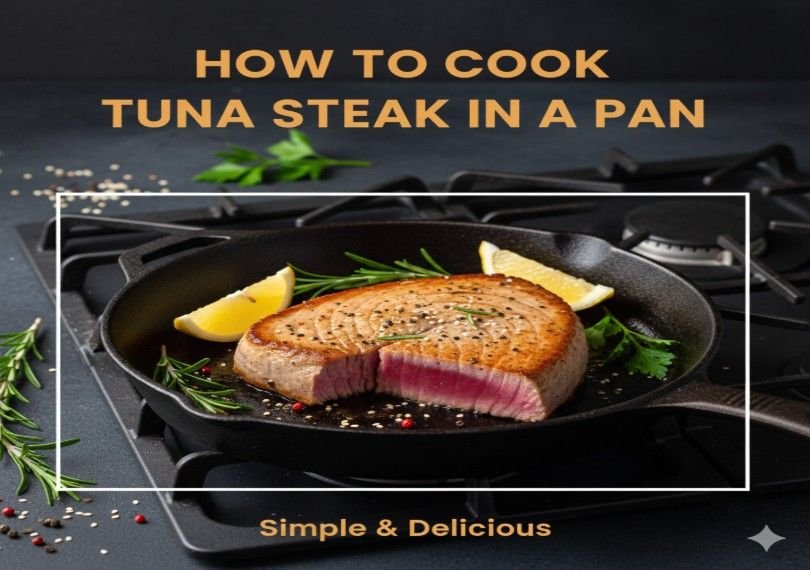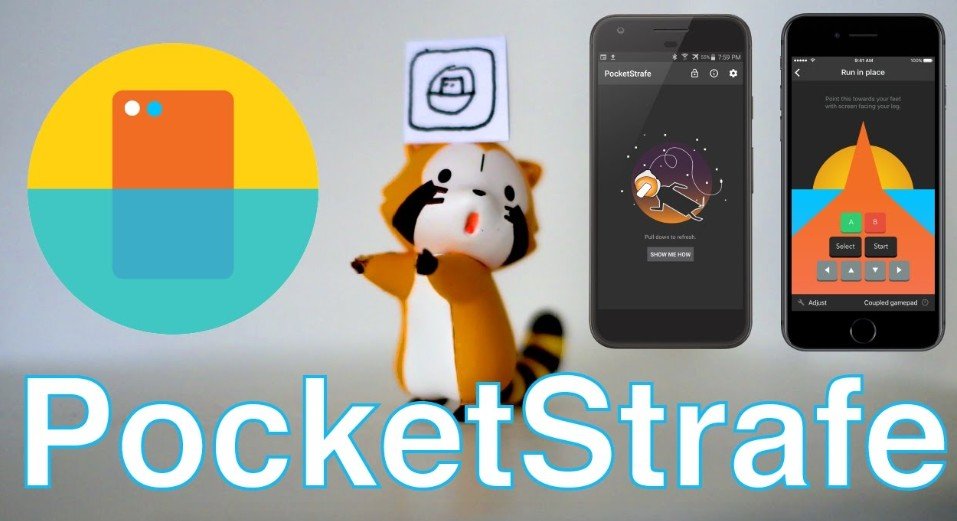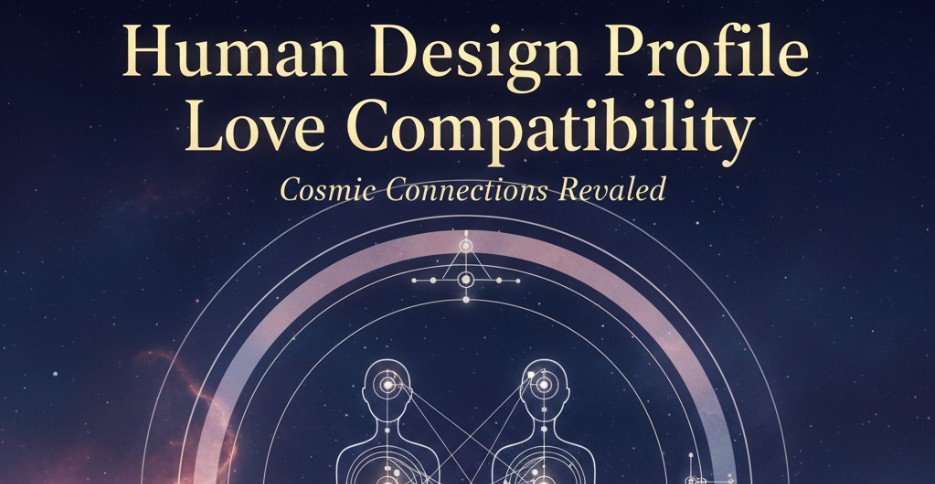
Understanding how you love, connect, and communicate is one of the most powerful things you can learn about yourself. Human Design gives you a unique lens to do exactly that. Your Human Design profile—a simple two-digit combination like 1/3, 4/6, or 5/2—reveals how you naturally interact with others and how you’re wired to experience relationships.
In this guide, you’ll discover what your profile says about your romantic dynamics, how compatibility works, and how to use this insight to build deeper, more authentic partnerships. Rather than predicting “perfect matches,” Human Design helps you understand patterns, needs, and communication styles—so you can love more consciously and with more ease.
What Your Human Design Profile Actually Represents
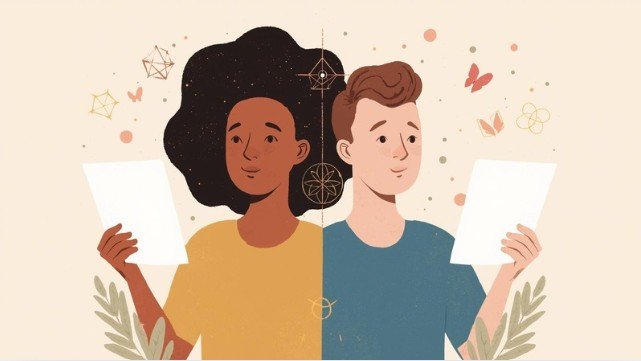
Your profile is made up of two numbers. Each number reflects a “line” from the I Ching hexagram structure.
The first number represents your conscious personality (how you see yourself).
The second number reflects your unconscious design (how others experience you).
Together, your profile forms the “role” you came here to live—your default way of engaging with the world and with intimate partners. It shapes how you:
- start relationships
- move through conflict
- learn lessons
- bond emotionally
- show up as a partner
- build trust
Your profile isn’t a label or limitation. It’s simply your life strategy—your natural mode of expression.
How to Find Your Human Design Profile
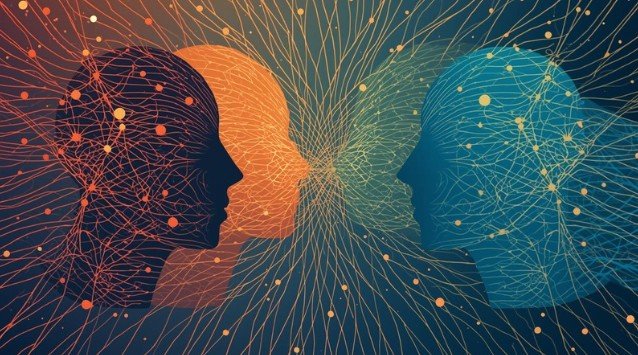
Finding your profile is simple:
- Visit a chart generator like Jovian Archive, MyHumanDesign, or Genetic Matrix
- Enter your birth date, time, and place
- Look on the right side of your chart
- Your profile will appear as two numbers separated by a slash (e.g., 2/4, 3/5, 6/2)
Once you know your profile and your partner’s, you can explore how the two interact in a relationship.
Relationship Compatibility Through Human Design Profiles
Human Design compatibility isn’t about perfection—it’s about understanding each other’s role energies. Every profile combination can work when partners are willing to honor each other’s differences. Compatibility is generally understood through three kinds of connections.
Resonant Connections: When Both Partners Share the Same Profile

A resonant connection happens when both partners have the exact same profile—like 1/3 with 1/3 or 4/6 with 4/6. These relationships feel instantly familiar.
Why Resonant Connections Work Well
- You approach life similarly
- You learn in the same way
- You handle conflict with similar patterns
- You move at the same emotional or mental pace
There’s a deep sense of “finally, someone who gets me.”
Possible Challenges
- You may amplify each other’s shadows
- Growth may plateau because you operate too similarly
- Patterns can become repetitive or stagnant
Resonance feels safe, but it requires awareness to stay dynamic.
Harmonious Connections: Different Profiles That Naturally Complement Each Other
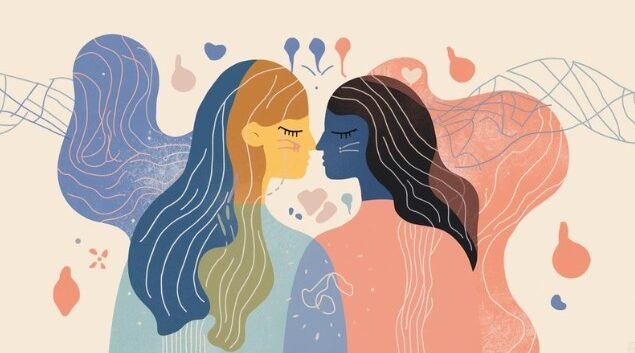
These are pairings where profiles enhance each other’s strengths.
For example:
- 2/4 pairs well with 4/6
- 1/3 blends nicely with 3/5
- 6-line profiles often harmonize with 3 or 4-line profiles due to shared themes
These relationships offer balance, momentum, and mutual growth.
Why Harmonious Pairings Thrive
- You bring different strengths
- You support each other’s weaknesses
- You spark growth in a way that feels natural
- You learn from each other without heavy friction
This is the compatibility type most people feel “seen” and “supported” in.
Dissonant Connections: When Profiles Clash or Operate Differently
Dissonant pairings don’t mean the relationship won’t work—they simply require more intention.
Examples:
- 1-line (needs certainty) with 5-line (deals with projections)
- 2-line (needs retreat) with 3-line (learns through trial and error)
- 6-line (lives in phases) with 1 or 2-line (more fixed pacing)
Why They Feel Challenging
- Different learning styles
- Different emotional pacing
- Different needs for space or support
- Different conflict responses
Yet, these relationships can be among the most transformative when both partners stay open, curious, and communicative.
The Six Profile Lines and What They Mean for Your Love Life
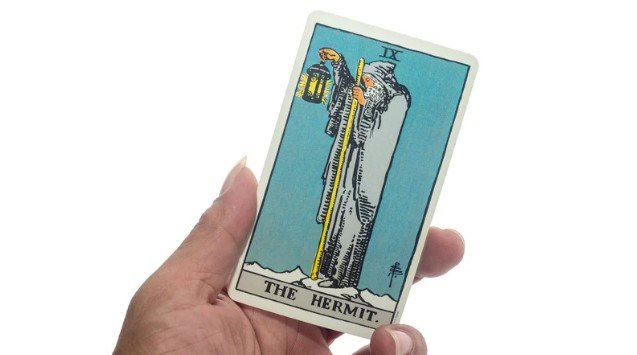
Every profile is made up of a combination of these six lines. Knowing what each one represents helps you understand yourself and your partner more deeply.
1-Line: The Investigator
Needs foundation, truth, and certainty. A partner who communicates clearly builds trust with them.
2-Line: The Hermit
Needs alone time to recharge. They thrive with partners who respect their natural rhythms.
3-Line: The Martyr/Experimenter
Learns through trial-and-error. They need a partner who doesn’t take mistakes personally.
4-Line: The Opportunist
Builds relationships through trust and friendships. Deep loyalty is their love language.
5-Line: The Heretic
Carries projection energy. They need partners who see beneath the surface and communicate directly.
6-Line: The Role Model
Lives in three life phases. They thrive when partnered with someone patient and growth-oriented.
Quick Comparison Table: Human Design Profile Compatibility Types
Use this table as a simple guide to understand how profiles may interact.
| Compatibility Type | What It Means | Relationship Strengths | Relationship Challenges |
| Resonant | Same profile on both sides | Natural ease, mutual understanding, shared rhythm | Can reinforce patterns, less contrast for growth |
| Harmonious | Complementary profiles | Balanced growth, supportive dynamic, easy communication | Requires understanding different perspectives |
| Dissonant | Strongly contrasting profiles | High growth potential, diverse strengths | Requires patience, awareness, and active communication |
This table isn’t a rulebook—just a starting point for deeper awareness.
How to Use Your Human Design Profile to Improve Your Relationships
No matter your profile, the real goal is to understand how you operate so you can show up authentically in love.
Understand Your Relationship Patterns
Your profile reveals how you:
- open up emotionally
- learn lessons
- handle conflict
- bond with a partner
- feel secure
Understanding this prevents misunderstandings.
Communicate Your Needs Clearly
For example:
- 2-lines need alone time
- 1-lines need facts and clarity
- 4-lines need stability
- 3-lines need patience for trial-and-error
A partner who understands your design can love you better.
Don’t Use Human Design to Judge Compatibility
This system doesn’t tell you who you can or cannot be with.
It helps you approach relationships with:
- awareness
- empathy
- compassion
- emotional intelligence
Every profile combination can flourish with mutual respect.
Embrace Differences
Relationships deepen when we stop expecting our partner to be like us.
Honoring profile differences builds:
- trust
- harmony
- emotional safety
- long-term connection
This is where Human Design becomes a relationship game-changer.
Frequently Asked Questions
1. What is the most compatible Human Design profile?
There is no universally “most compatible” profile. Compatibility depends on awareness, communication, and how both partners work with their designs—not the numbers alone.
2. Do matching profiles make the best couples?
Matching profiles offer resonance and ease, but they aren’t automatically the best. Complementary (harmonious) profiles often create more balanced and growth-oriented relationships.
3. Can dissonant profile combinations work?
Yes. Dissonant pairs require more conscious communication, but they often create deep transformation. No combination is inherently bad or doomed.
4. Should I choose a partner based on Human Design?
No. Human Design is a tool for understanding—not selection. It helps you navigate the relationship with more clarity, empathy, and intention.
Final Thoughts: Human Design as a Pathway to Conscious Love
Your Human Design profile doesn’t dictate your romantic destiny—it simply highlights the patterns, strengths, and challenges you bring into relationships.
When you understand your design and your partner’s, you develop a more compassionate viewpoint. You learn how to communicate better, support each other more effectively, and grow together instead of apart.
Compatibility isn’t about matching numbers. It’s about matching intentions, awareness, and emotional honesty. Human Design simply helps you see yourselves more clearly—so you can build a relationship that feels aligned, supportive, and authentically connected.


